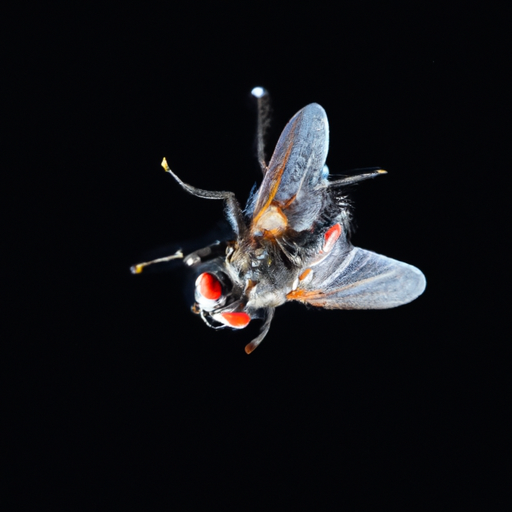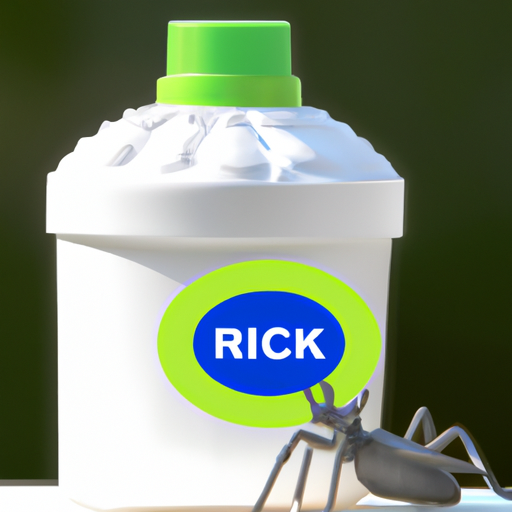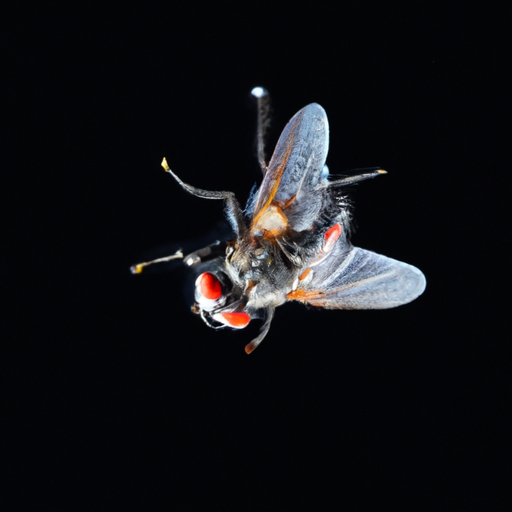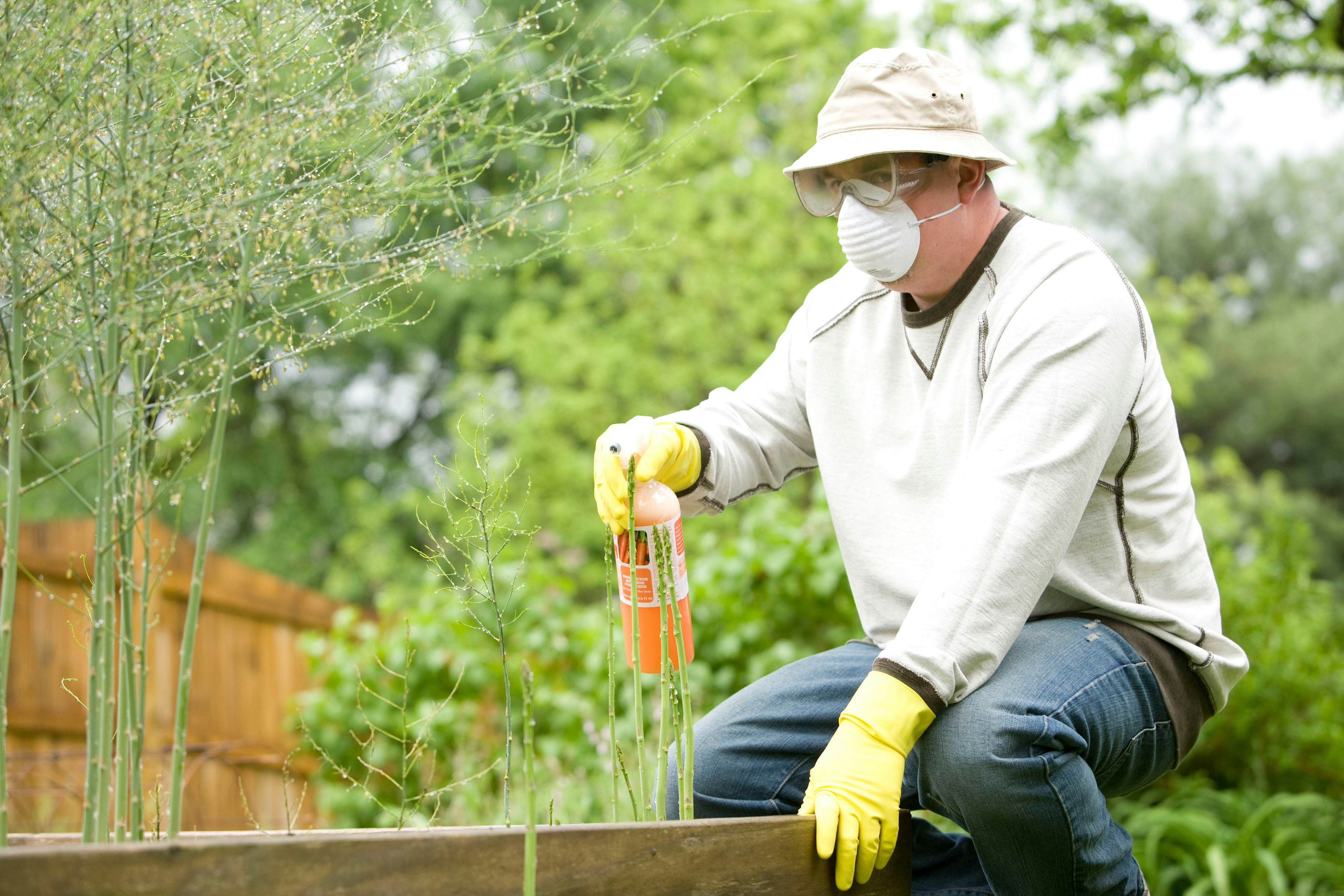In this article, you will learn the ultimate guide on the best way to kill flies. Flies can be quite annoying, but with the right techniques, you can effectively get rid of them and enjoy a fly-free environment. Whether you’re dealing with just a few flies or an infestation, we’ve got you covered.
One of the best ways to kill flies is by using fly traps. Fly traps are designed to attract and capture flies, so you can easily remove them from your space. There are various types of fly traps available, such as sticky traps or baited traps. You can place these traps in areas where flies are commonly found, like near windows or garbage cans. Another effective method is using a fly swatter. This may require some patience and skill, but it can be a satisfying way to eliminate flies on the spot. Just make sure to aim and swat accurately to avoid any mess.
The Ultimate Guide: Best Way to Kill Flies
Flies are one of the most common household pests that can be found around the world. While they may seem harmless, these pesky insects can actually pose health risks and threaten food safety. That’s why it’s important to understand the importance of effective fly control and know the best methods for killing them. In this ultimate guide, we will explore the reasons why killing flies is necessary, different preventive measures, non-chemical and chemical methods of fly control, as well as alternative techniques. So, let’s dive in and discover the best way to kill flies!
Health Concerns Associated with Flies
Flies are known carriers of various diseases and can spread harmful bacteria through their body hairs and excretions. Some of the diseases associated with flies include cholera, typhoid fever, dysentery, and salmonellosis. These diseases can result in severe illness and even death, especially in individuals with weakened immune systems such as young children and the elderly. To protect yourself and your loved ones from these health concerns, it is crucial to take necessary measures to kill flies and prevent their infestation.
Threats Flies Pose to Food Safety
Aside from health concerns, flies can also pose serious threats to food safety. They are attracted to food and can contaminate it with bacteria and other pathogens, leading to foodborne illnesses. Flies can also lay their eggs on food, further increasing the risk of contamination. This is particularly worrying in restaurants, cafeterias, and food production facilities where large quantities of food are prepared and served. To ensure food safety and prevent the spread of diseases, effective fly control is imperative.
The Importance of Effective Fly Control
Fly control is crucial not only for health and food safety reasons but also for maintaining cleanliness and overall comfort in your home or business. By effectively eliminating flies, you can prevent infestations, reduce the annoyance factor, and create a healthier environment for you and your family. Additionally, proper fly control can help to protect the reputation of businesses in the food industry, as fly infestations can lead to negative publicity and loss of customer trust. Therefore, investing in effective fly control measures is a wise decision.
Understanding Fly Behavior
To combat flies effectively, it’s important to understand their behavior and breeding habits. Flies go through a complete metamorphosis, starting from eggs, then proceeding to larvae (maggots), pupae, and finally emerging as adults. The entire lifecycle of a fly can be completed in as little as a week, which means they can multiply rapidly if not controlled. Understanding the different stages of the fly lifecycle can help in implementing effective control measures at the right time.
Flies are attracted to areas with suitable breeding and feeding conditions. These areas often include garbage cans, pet waste, decaying organic matter, and food spills. By identifying and eliminating these attractants, you can reduce the chances of fly infestations. It’s also important to be aware of the common fly species in your area, as different species may require different control methods. Some of the common fly species to look out for include house flies, fruit flies, and blowflies.
Preventive Measures
One of the key strategies in fly control is taking preventive measures to minimize their presence in your surroundings. Maintaining cleanliness and good hygiene practices play a major role in preventing fly infestations. This includes regularly cleaning up spills and crumbs, removing garbage promptly, and keeping food covered. By eliminating potential food sources and maintaining a clean environment, you can significantly reduce the attractiveness of your surroundings to flies.
Sealing entry points is another crucial step in fly control. Flies can enter your home or business through open windows, doors, and other small openings. By sealing these entry points with screens, weatherstripping, or door sweeps, you can block the entry of flies and prevent their infestation. Additionally, repairing any holes or cracks in walls and ceilings can also help prevent flies and other pests from entering your property.
Proper waste management is also essential in controlling fly populations. This includes using sealed garbage bins, disposing of trash regularly, and keeping outdoor areas clean. Organic waste, such as food scraps and pet waste, should be properly sealed or composted. Avoid leaving trash cans uncovered, as they can attract flies and create a breeding ground for them. By implementing proper waste management practices, you can minimize the availability of food sources for flies.
Non-Chemical Methods of Fly Control
If you prefer a more eco-friendly approach to fly control, there are several non-chemical methods you can try. Fly traps and baits are commonly used to attract and capture flies. These traps use attractants such as food-based baits or pheromones to lure flies into the trap, where they get trapped and eventually die. They are effective in reducing fly populations, especially when strategically placed in areas with high fly activity.
Electronic fly swatters and zappers are another popular non-chemical method of fly control. These devices use electric currents to kill flies upon contact. They are easy to use and can be a satisfying way to get rid of flies, especially for those who enjoy a hands-on approach. However, it’s important to use electric rackets and swatters safely and follow the manufacturer’s instructions to avoid any accidents.
Natural repellents and home remedies can also be effective in repelling flies. Essential oils such as lemon eucalyptus, lavender, and peppermint have been found to be useful in repelling flies. Dilute these oils with water and spray them in areas where flies are a problem. Additionally, home remedies like vinegar traps and apple cider vinegar fly strips can help in trapping and killing flies.
Chemical Methods of Fly Control
While non-chemical methods are preferred by many, there are instances where chemical methods may be necessary for effective fly control. Insecticides and aerosols can be used to kill flies and control their populations. It’s important to choose insecticides specifically labeled for fly control and follow the instructions carefully. These chemicals should be applied in areas where flies are commonly found, such as garbage areas, dumpsters, and outdoor spaces.
Fly glue traps and sticky ribbons are also effective in trapping and killing flies. These traps use a strong adhesive to capture flies upon contact. They can be placed in areas with high fly activity, such as near windows, doors, or garbage cans. However, it’s important to keep these traps away from pets and children to ensure their safety.
Foggers and misters are another chemical method of fly control, primarily used for outdoor areas. These devices release a fine mist of insecticide, covering a large area and killing flies upon contact. Foggers and misters are commonly used in commercial establishments with outdoor seating or large outdoor spaces. It’s crucial to follow the instructions and take necessary precautions when using these chemicals, ensuring the safety of people and pets.

Using Fly Swatters and Electric Rackets
Fly swatters and electric rackets are classic and effective tools for killing flies. They offer a hands-on approach and can provide immediate results. When choosing a fly swatter, look for one with a sturdy handle and a wide hitting surface for maximum effectiveness. It’s essential to have good hand-eye coordination and be quick in your movements to successfully kill flies.
To effectively use a fly swatter, approach the fly slowly and quietly, then swiftly strike it using the swatter. Aim for the fly’s trajectory to increase your chances of hitting it successfully. Electronic fly rackets, on the other hand, require a simple swing and make use of electric currents to kill flies instantly. They can be a convenient and efficient option, especially for those who may have difficulty with hand-eye coordination.
While using electric rackets, it’s important to follow safety guidelines to avoid any accidents. Do not touch the electric mesh when the racket is in use, and keep the racket away from children and pets. After use, remember to clean the racket to remove any dead flies for better performance.
Professional Fly Control Services
In some cases, fly infestations may be too severe or persistent for DIY methods to handle. That’s when it’s time to consider calling a professional fly control service. Pest control professionals have the training, knowledge, and experience to effectively eliminate fly infestations and provide long-term solutions. They will assess the severity of the infestation, identify the species of flies, and tailor their treatments accordingly.
There are several benefits to hiring professional fly control services. Firstly, professionals have access to specialized equipment and products that may not be available to the general public. They also have a deep understanding of fly behavior and can implement targeted strategies to control fly populations. Additionally, professional services can offer long-term prevention plans to ensure that fly infestations do not recur and provide you with peace of mind.
When choosing a professional fly control service, ensure that they are properly licensed and insured. Look for companies with positive reviews and a good track record in pest control. It’s also essential to obtain multiple quotes and compare prices to ensure you are getting the best value for your money.

Precautions and Safety Measures
While eliminating flies is necessary, it’s important to prioritize safety when implementing fly control methods. Protecting yourself from fly diseases is crucial, especially when handling dead flies or fly-infested areas. Avoid direct contact with flies and always wash your hands thoroughly after being in proximity to them. Additionally, wearing gloves and using disposable tools can provide an extra layer of protection.
Safety guidelines should also be followed when using chemicals for fly control. Read and follow the instructions on the label carefully, including any precautions for using the product. Avoid using chemicals in areas where food is being prepared or served, and keep them out of reach of children and pets. If you have doubts or concerns about using chemicals, consider seeking advice from a professional pest control service.
Ensuring pet and child safety is equally important during fly control. Keep fly traps, baits, and chemical products out of reach of pets and children to prevent accidental ingestion or exposure. If you have pets, consult with a veterinarian to ensure that the methods you choose are safe for them. By taking these precautions, you can effectively eliminate flies while keeping your loved ones safe.
Alternative Methods of Fly Control
If you’re looking for alternative methods to control flies, there are several options worth exploring. Biological controls involve introducing natural predators or parasites that feed on flies. For example, certain species of parasitic wasps lay their eggs on fly larvae, ultimately killing them. Another alternative is using ultrasonic devices that emit sound frequencies to repel flies. While the effectiveness of ultrasonic devices is debated, some individuals find them helpful in reducing fly populations.
In addition, certain plants and insects can be used to control fly populations. Venus flytraps and pitcher plants are known for their ability to trap and consume flies. Ladybugs, lacewings, and predatory mites are natural predators of flies and can be introduced into your garden to help control fly populations. These options provide a more natural and environmentally friendly approach to fly control.
Conclusion
In conclusion, killing flies is not just about eliminating an annoying household pest, but also a necessary measure to protect your health, ensure food safety, and maintain a clean and comfortable environment. By understanding fly behavior, implementing preventive measures, and utilizing non-chemical or chemical methods of fly control, you can effectively eliminate flies and reduce their populations. Remember to prioritize safety when using chemicals or implementing any fly control methods, and consider seeking professional help for severe or persistent infestations. By following the best practices outlined in this ultimate guide, you can successfully combat flies and create a fly-free environment. Stay vigilant, take action, and enjoy a fly-free space!







